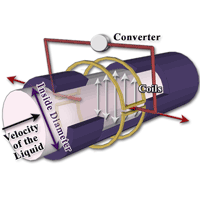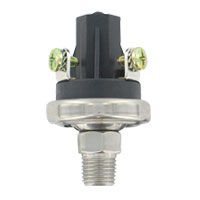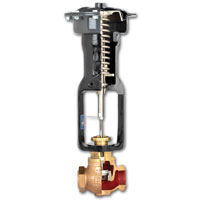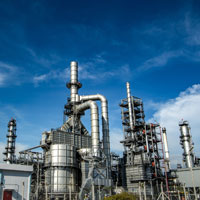 The cleaning of produced water during oil and gas production and exploration is a crucial, although costly endeavor. In the process of bringing oil and gas up to the surface from a well, several byproducts are also produced. Water is the largest of these byproducts by volume, with 882 billion gallons produced per day. This produced water contains a variety of other compounds and substances, including organic and inorganic compounds, grease, bacteria, and dissolved solids such as iron. Continue reading “The Intricacy of Proper Instrumentation in Cleaning Produced Water”
The cleaning of produced water during oil and gas production and exploration is a crucial, although costly endeavor. In the process of bringing oil and gas up to the surface from a well, several byproducts are also produced. Water is the largest of these byproducts by volume, with 882 billion gallons produced per day. This produced water contains a variety of other compounds and substances, including organic and inorganic compounds, grease, bacteria, and dissolved solids such as iron. Continue reading “The Intricacy of Proper Instrumentation in Cleaning Produced Water”
Flow Technologies: Out With the Old, In With the New
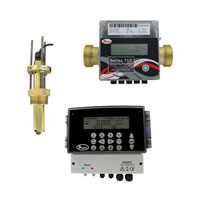 As technology advances and new ways to solve old problems are discovered, consumers are left to decide whether existing technology suffices for their specific needs or if they need to pursue new, higher cost technology alternatives. This is very much the case when considering flow instrumentation where moving parts, such as turbines and paddles, are being replaced with non-moving part technologies, such as: ultrasonic, thermal, or electromagnetic sensors. But how do you decide which of these products to select for your flow application? Below is a list of items to take into consideration when deciding between mechanical or non-mechanical technology flowmeters. Continue reading “Flow Technologies: Out With the Old, In With the New”
As technology advances and new ways to solve old problems are discovered, consumers are left to decide whether existing technology suffices for their specific needs or if they need to pursue new, higher cost technology alternatives. This is very much the case when considering flow instrumentation where moving parts, such as turbines and paddles, are being replaced with non-moving part technologies, such as: ultrasonic, thermal, or electromagnetic sensors. But how do you decide which of these products to select for your flow application? Below is a list of items to take into consideration when deciding between mechanical or non-mechanical technology flowmeters. Continue reading “Flow Technologies: Out With the Old, In With the New”
Flow Measurement with Electromagnetic Flowmeters
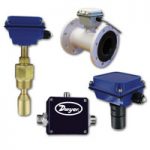
Dwyer Instruments, Inc. offers many types of flow measuring products, including electromagnetic flowmeters.
Electromagnetic flowmeters, often called magmeters, provide continuous flow indication of liquids via state-of-the-art electromagnetic technology based on Faraday’s Law. Continue reading “Flow Measurement with Electromagnetic Flowmeters”
What is Absolute Pressure and When to Consider Using an Absolute Pressure Sensor?
Have you ever noticed that some pressure sensors have units listed in PSIG 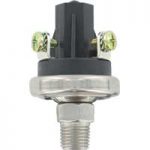 while others list PSIA? There are numerous applications where pressure sensors are used and some applications require a different reference to ensure the most accurate pressure measurement. Continue reading “What is Absolute Pressure and When to Consider Using an Absolute Pressure Sensor?”
while others list PSIA? There are numerous applications where pressure sensors are used and some applications require a different reference to ensure the most accurate pressure measurement. Continue reading “What is Absolute Pressure and When to Consider Using an Absolute Pressure Sensor?”
Control Valve Trim Styles and Flow Characteristics
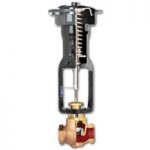
Hi-Flow™ Control Valves vary the flow in a system by throttling the valve plug in and out of the valve seat. The corresponding flow rate through the valve is based on the valve plug and seat type, which is part of the valve trim. Dwyer Instruments, Inc. offers several flow characteristics, needle plugs, and restricted trim options for the Hi-Flow™ Control Valve series.
There are two types of inherent flow characteristic trim styles available in the Hi-Flow™ product line: Linear and Equal percentage. Continue reading “Control Valve Trim Styles and Flow Characteristics”

